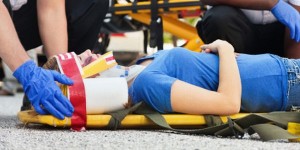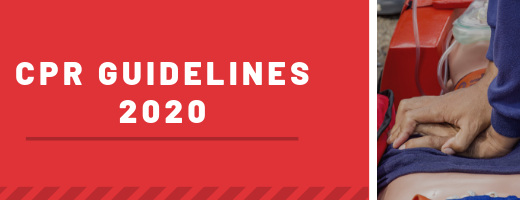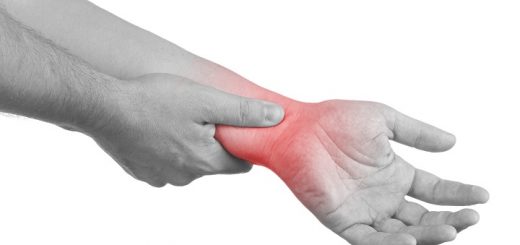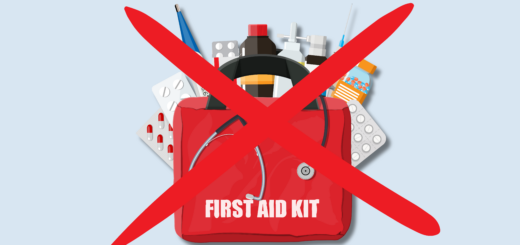How to perform a head to toe assessment

Systematically searching the patient, region by region, first aiders should make a note of all injuries, starting at the head and proceeding through the neck, chest and abdomen to the extremities.
Head
Look for:
- lacerations and bruising
- blood or cerebrospinal fluid from the ears or nose
- re-check pupil size and response
- pallor and sweating
- cyanosis
Feel for:
- scalp hematomas (swellings)
- depressed skull fractures
- facial tenderness and fractures
Listen for:
- airway noise suggesting obstruction
- breathing adequacy and rate
Neck
Look and feel for:
- lacerations and contusions
- surgical emphysema
- spinal deformity, tenderness or hematoma
- re-check pulse rate and strength
Chest
Look for:
- wounds and evidence of penetrating injury
- deformity and abnormal movements
- breathing distress and pain on breathing
Feel for:
- tenderness
- instability of a flail segment (multiple rib fractures)
- surgical emphysema (air under the skin)
Abdomen
Look for:
- penetrating wounds and contusions
- seat-belt contusions and clothing imprints
- distension
Feel for:
- tenderness, either localised or generalised
- guarding − involuntary muscle spasm on gentle palpation.
Extremities (limbs)
Look for:
- obvious wounds and contusions
- deformity and swelling associated with fractures
- voluntary movement
Feel for:
- tenderness and deformity
- distal pulses
- intact nerve supply – sensation to touch and pain, motor function
- normal movements in joints.





